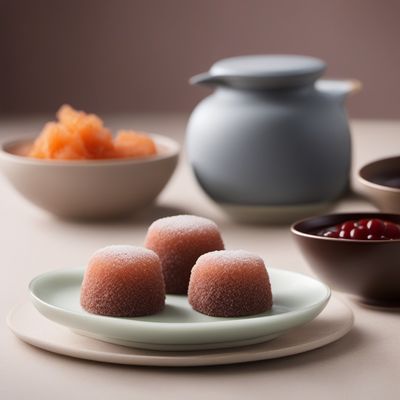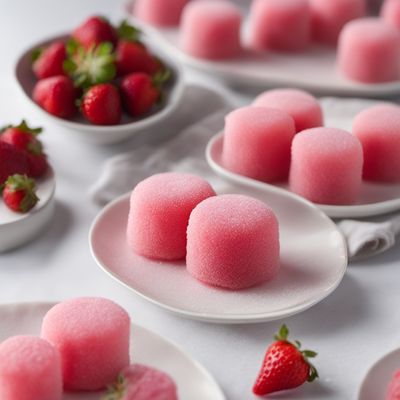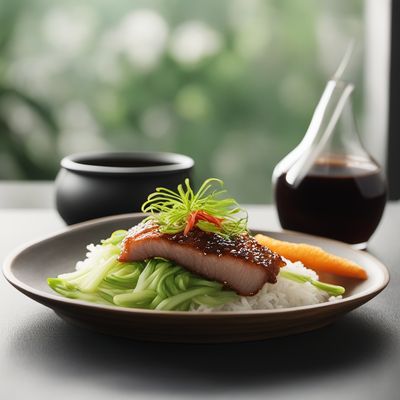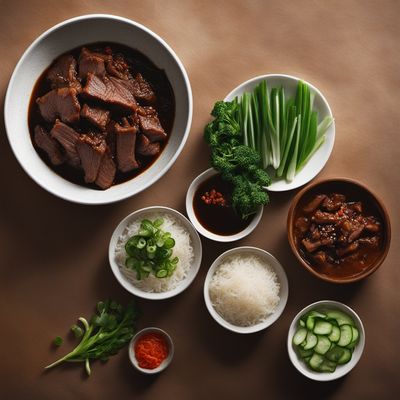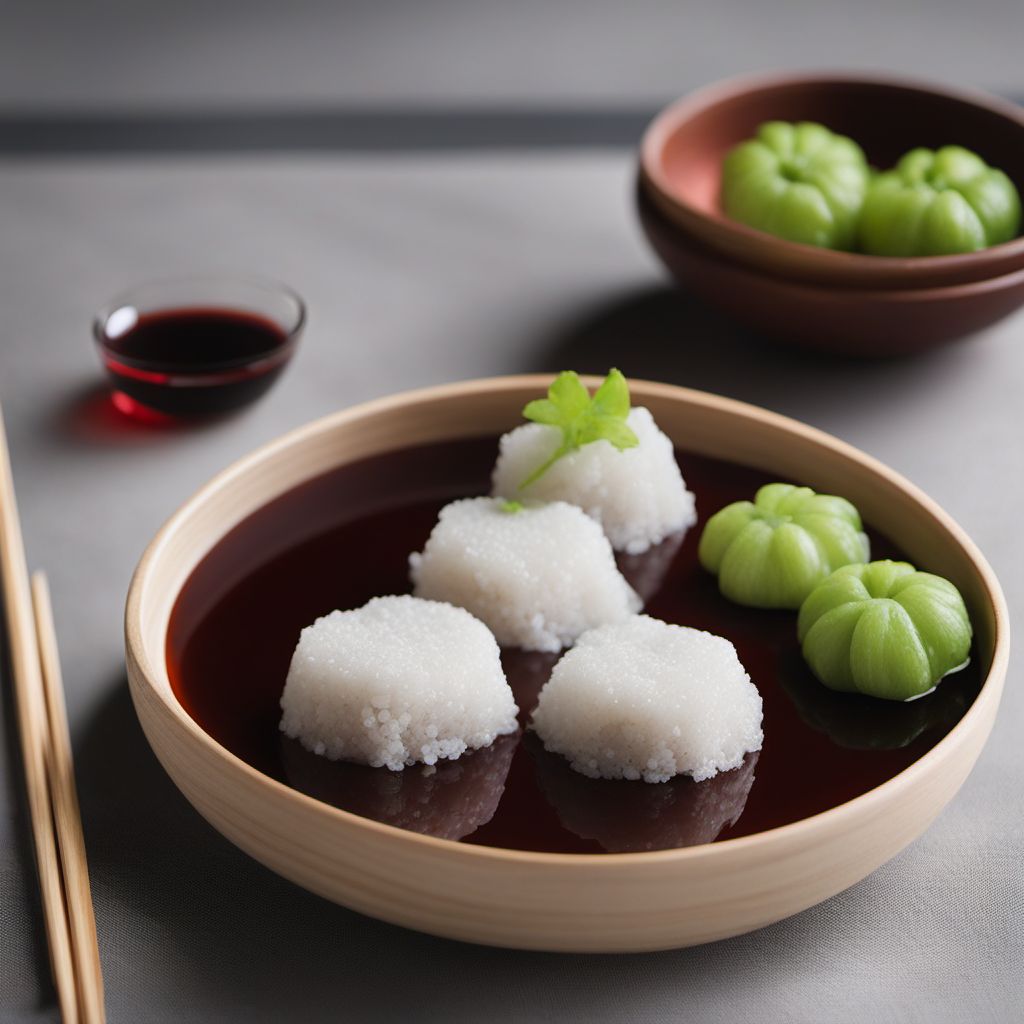
Recipe
Filipino Chinese Ume Daifuku
Sweet and Tangy Ume Daifuku Delight
4.6 out of 5
Indulge in the delightful fusion of Filipino and Chinese flavors with this Filipino Chinese Ume Daifuku recipe. This traditional Japanese dessert gets a unique twist as it incorporates the vibrant and tangy taste of ume (Japanese plum) into the Filipino Chinese culinary style.
Metadata
Preparation time
20 minutes
Cooking time
0 minutes (no cooking required)
Total time
20 minutes
Yields
4 servings
Preparation difficulty
Easy
Suitable for
Vegetarian, Vegan (if using vegan-friendly sweetened red bean paste), Gluten-free (if using gluten-free glutinous rice flour), Nut-free, Dairy-free
Allergens
N/A
Not suitable for
Paleo, Keto, Low-carb, High-protein, Low-fat
Ingredients
In this Filipino Chinese adaptation of Ume Daifuku, we infuse the traditional Japanese dessert with the flavors and ingredients commonly found in Filipino Chinese cuisine. The original recipe is modified by incorporating Filipino Chinese ingredients and techniques, resulting in a unique fusion of flavors that will delight your taste buds. We alse have the original recipe for Ume daifuku, so you can check it out.
-
1 cup (200g) glutinous rice flour 1 cup (200g) glutinous rice flour
-
1/4 cup (50g) sugar 1/4 cup (50g) sugar
-
1/2 cup (120ml) water 1/2 cup (120ml) water
-
1/2 cup (120ml) ume jam 1/2 cup (120ml) ume jam
-
1/4 cup (50g) sweetened red bean paste 1/4 cup (50g) sweetened red bean paste
-
Cornstarch, for dusting Cornstarch, for dusting
Nutrition
- Calories (kcal / KJ): 180 kcal / 753 KJ
- Fat (total, saturated): 0g, 0g
- Carbohydrates (total, sugars): 42g, 12g
- Protein: 2g
- Fiber: 1g
- Salt: 0g
Preparation
-
1.In a mixing bowl, combine the glutinous rice flour, sugar, and water. Mix well until a smooth dough forms.
-
2.Divide the dough into small portions and flatten each portion into a circle.
-
3.Place a teaspoon of ume jam and a small amount of sweetened red bean paste in the center of each dough circle.
-
4.Gather the edges of the dough and seal tightly, forming a ball.
-
5.Dust a clean surface with cornstarch and place the mochi balls on it to prevent sticking.
-
6.Serve immediately or refrigerate for a few hours to allow the flavors to meld together.
Treat your ingredients with care...
- Glutinous rice flour — Make sure to use glutinous rice flour specifically made for making mochi. Regular rice flour will not yield the desired texture.
- Ume jam — Look for high-quality ume jam made from Japanese plums for the best flavor.
- Sweetened red bean paste — You can find sweetened red bean paste in Asian grocery stores or make your own by cooking and sweetening red beans.
Tips & Tricks
- To prevent the mochi from sticking to your hands, lightly dust them with cornstarch before handling the dough.
- If you prefer a sweeter filling, you can add a little more sugar to the ume jam or sweetened red bean paste.
- Experiment with different fillings such as taro paste or matcha-flavored red bean paste for unique variations.
Serving advice
Serve the Filipino Chinese Ume Daifuku as a delightful dessert or snack. It pairs well with a warm cup of green tea or a refreshing glass of iced jasmine tea.
Presentation advice
Arrange the Ume Daifuku on a beautiful plate or platter, garnished with a sprinkle of powdered sugar or a drizzle of chocolate sauce for an elegant touch. The vibrant colors of the plum filling will add visual appeal to your presentation.
More recipes...
For Japanese cuisine » Browse all
For Filipino Chinese cuisine » Browse all
More Japanese cuisine dishes » Browse all
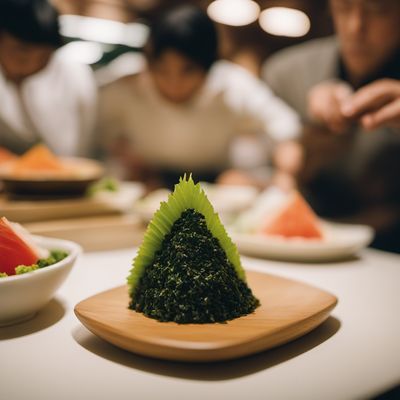
Temaki
Temaki is a type of sushi that is made by rolling sushi rice and various fillings into a cone shape using a sheet of nori (dried seaweed). It is a...
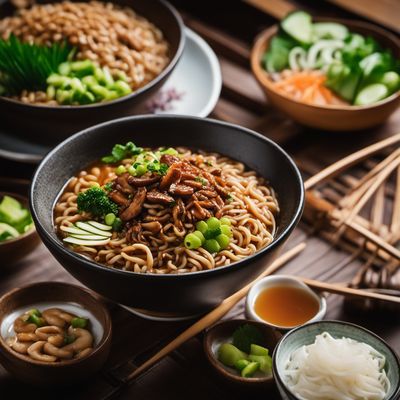
Nameko soba
Nameko soba is a Japanese noodle dish that is made with nameko mushrooms and a flavorful broth. The dish is often served with green onions and...

Aburaage
Aburaage is a type of deep-fried tofu that is commonly used in Japanese cuisine. It is often used as a filling for sushi rolls or as a topping for...
